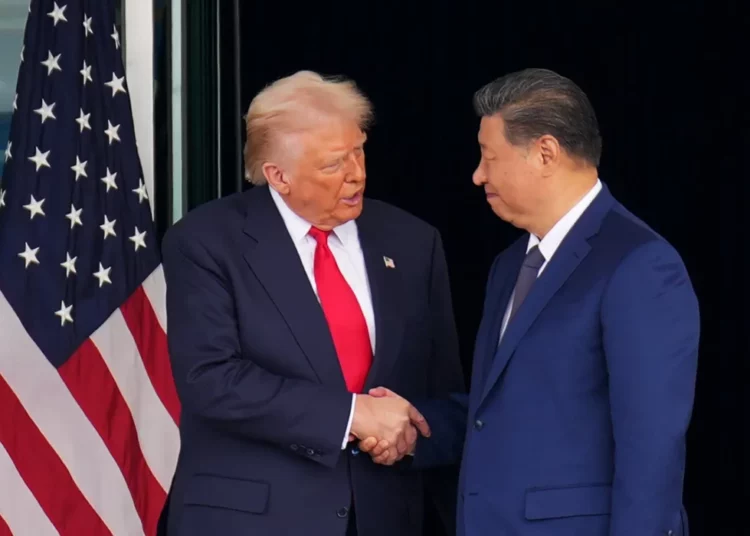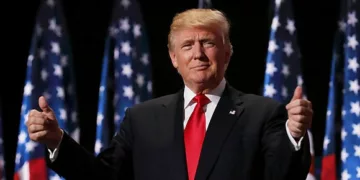United States President Donald Trump has announced a landmark agreement with Chinese leader Xi Jinping, offering a 10 percent reduction in tariffs on Chinese goods in exchange for China’s commitment to curb the production and export of fentanyl — a potent synthetic opioid that has fueled America’s addiction crisis.
Under the new arrangement, the minimum tariff on Chinese imports will drop to 20 percent, bringing the average tariff rate down to about 47 percent. Although still high compared to other U.S. trading partners, the adjustment could ease the cost burden on American consumers and revive some of the trade flows disrupted during years of tense economic rivalry between Washington and Beijing.
Analysts, however, warn that the move represents a major gamble for the Trump administration. They argue that Beijing has often outmaneuvered Washington in previous trade negotiations, and there is skepticism about whether China will follow through on its fentanyl-related pledges.
Critics also note that by softening his stance, Trump risks alienating key U.S. allies while strengthening ties with one of America’s main economic competitors.
Despite the doubts, Trump has framed the deal as a turning point in U.S.-China relations and a step toward addressing the fentanyl crisis ravaging American communities. Yet, experts caution that history suggests otherwise — past trade truces between both nations have often unraveled before delivering meaningful results.
The administration now faces the challenge of balancing the promise of economic relief and cooperation with the potential risk of strategic and diplomatic fallout.





